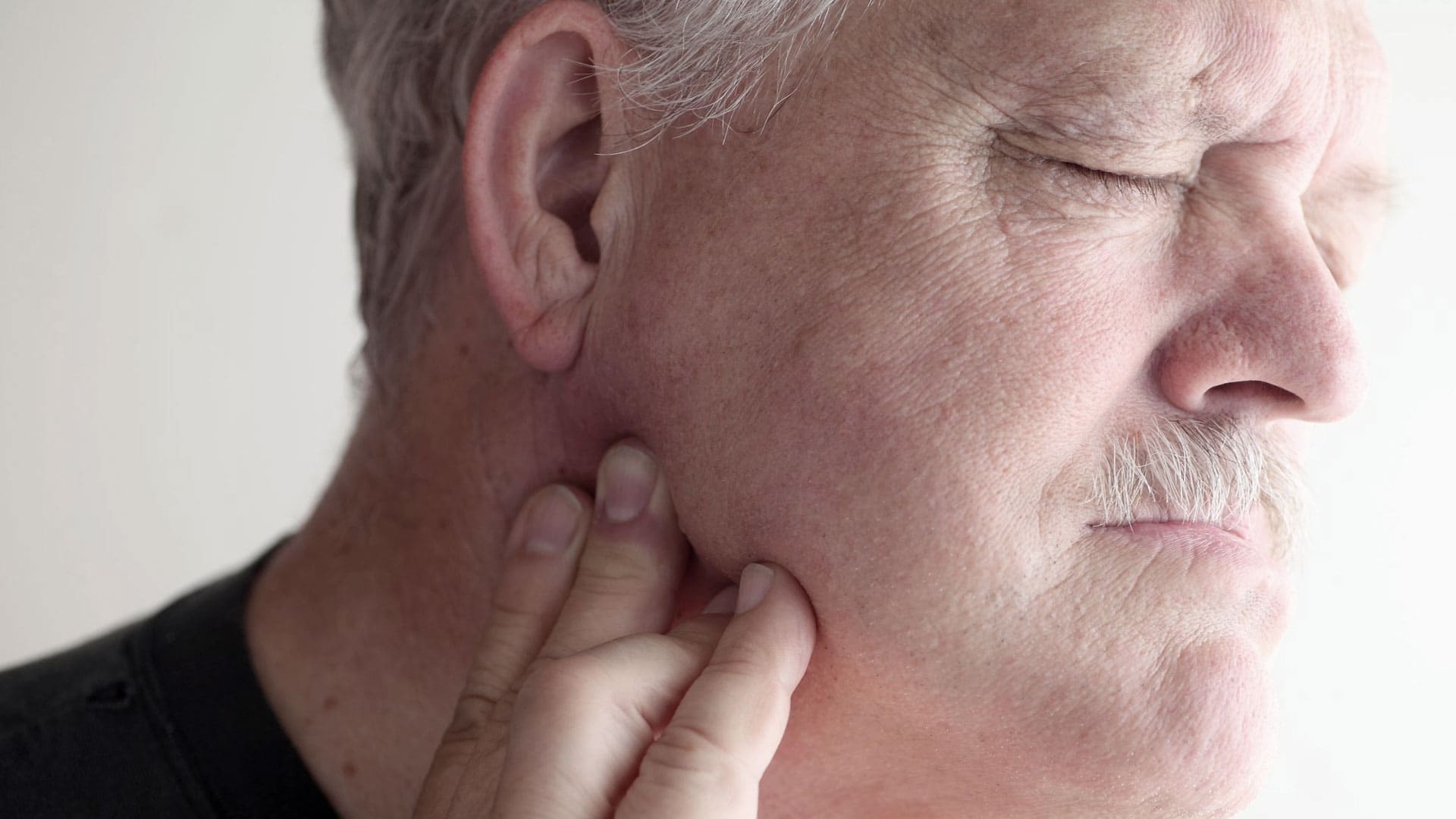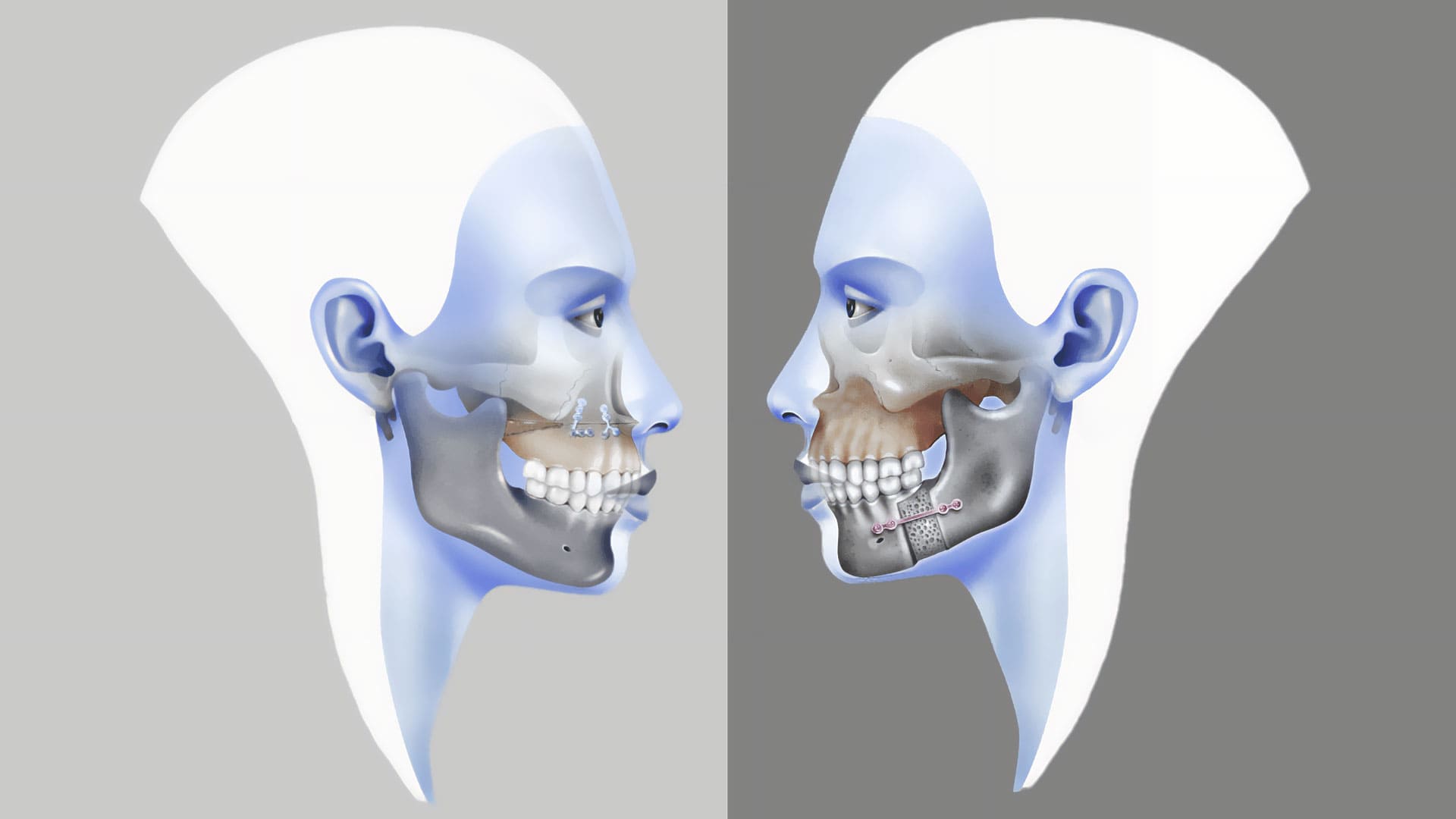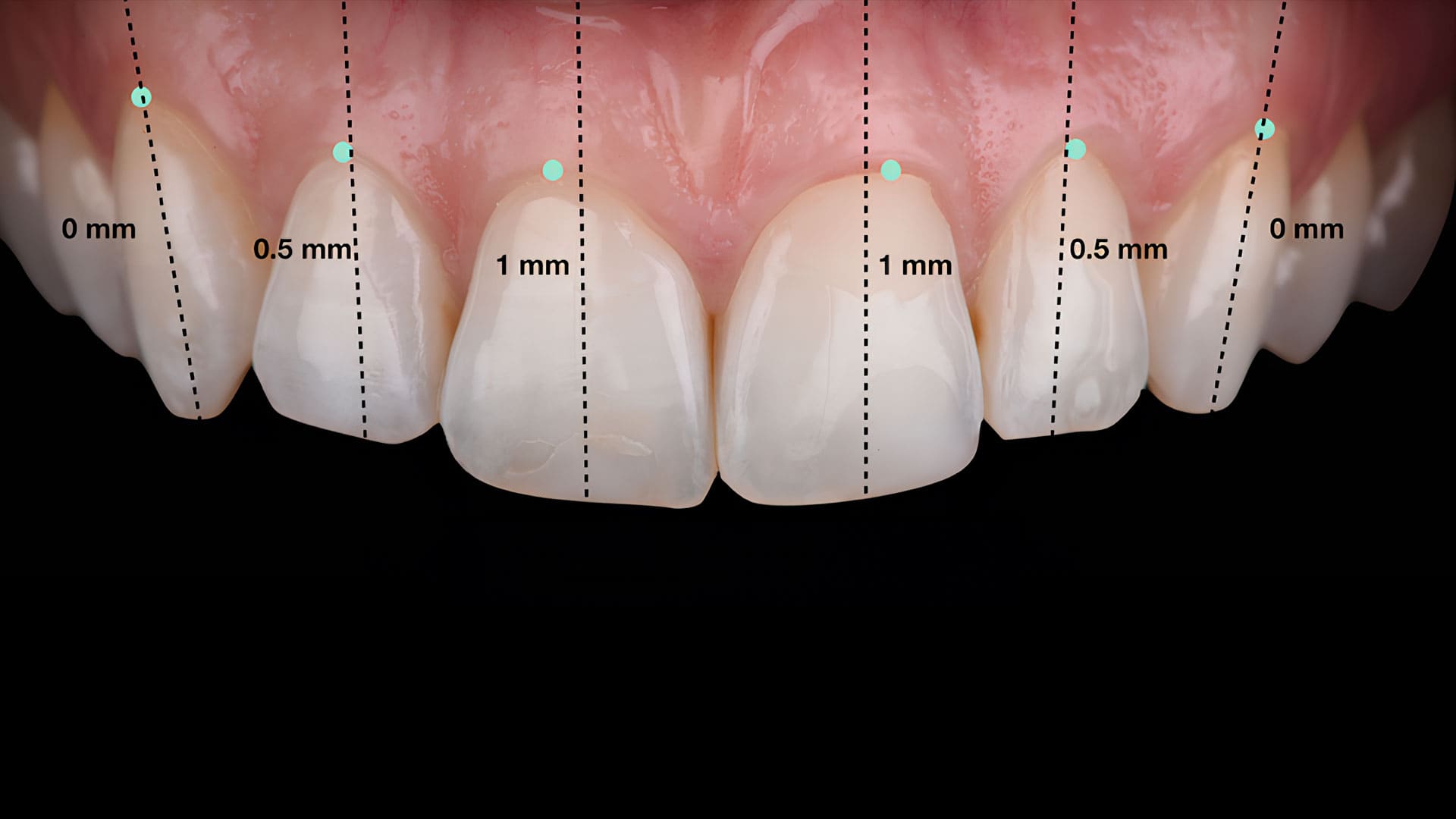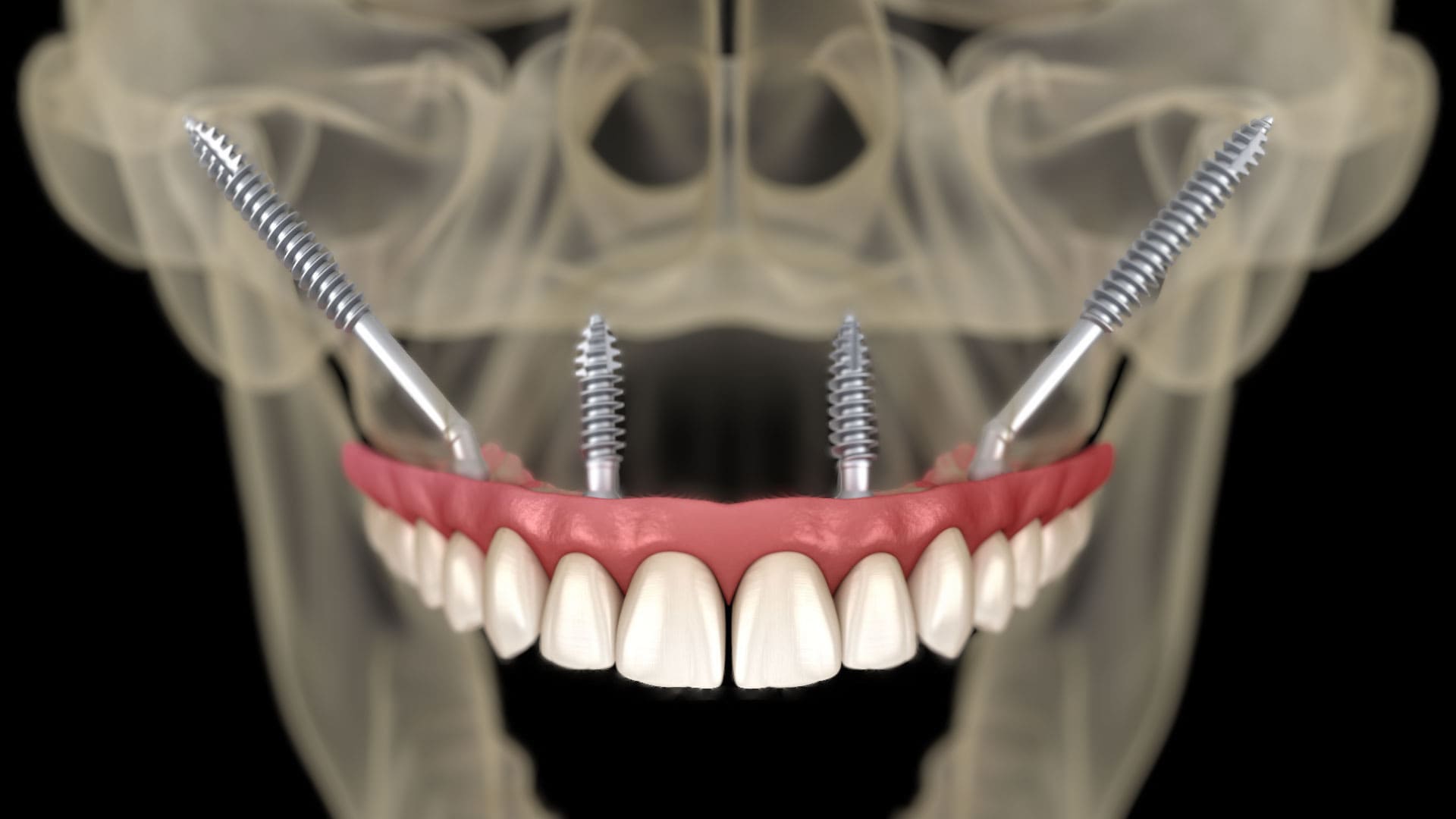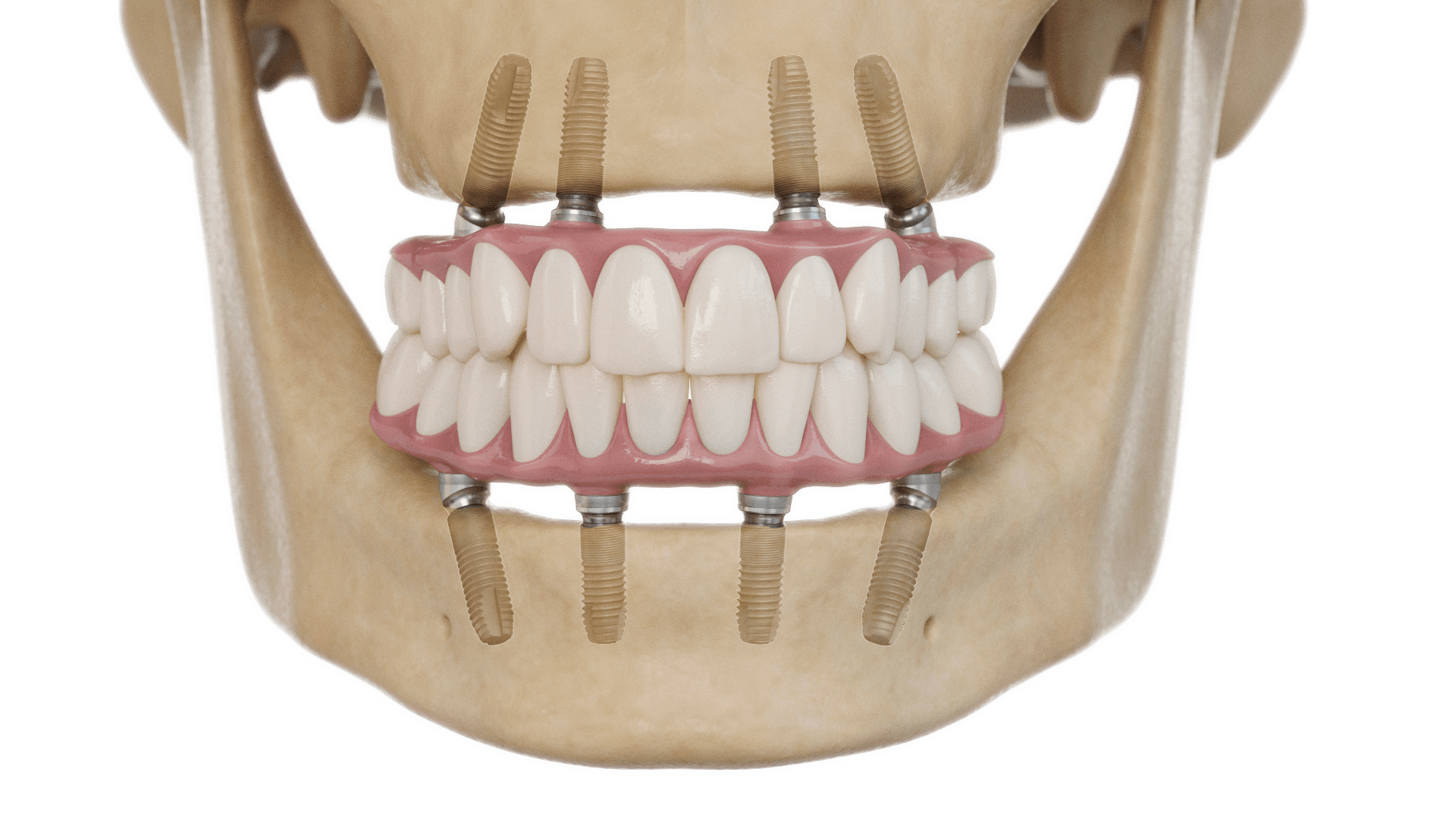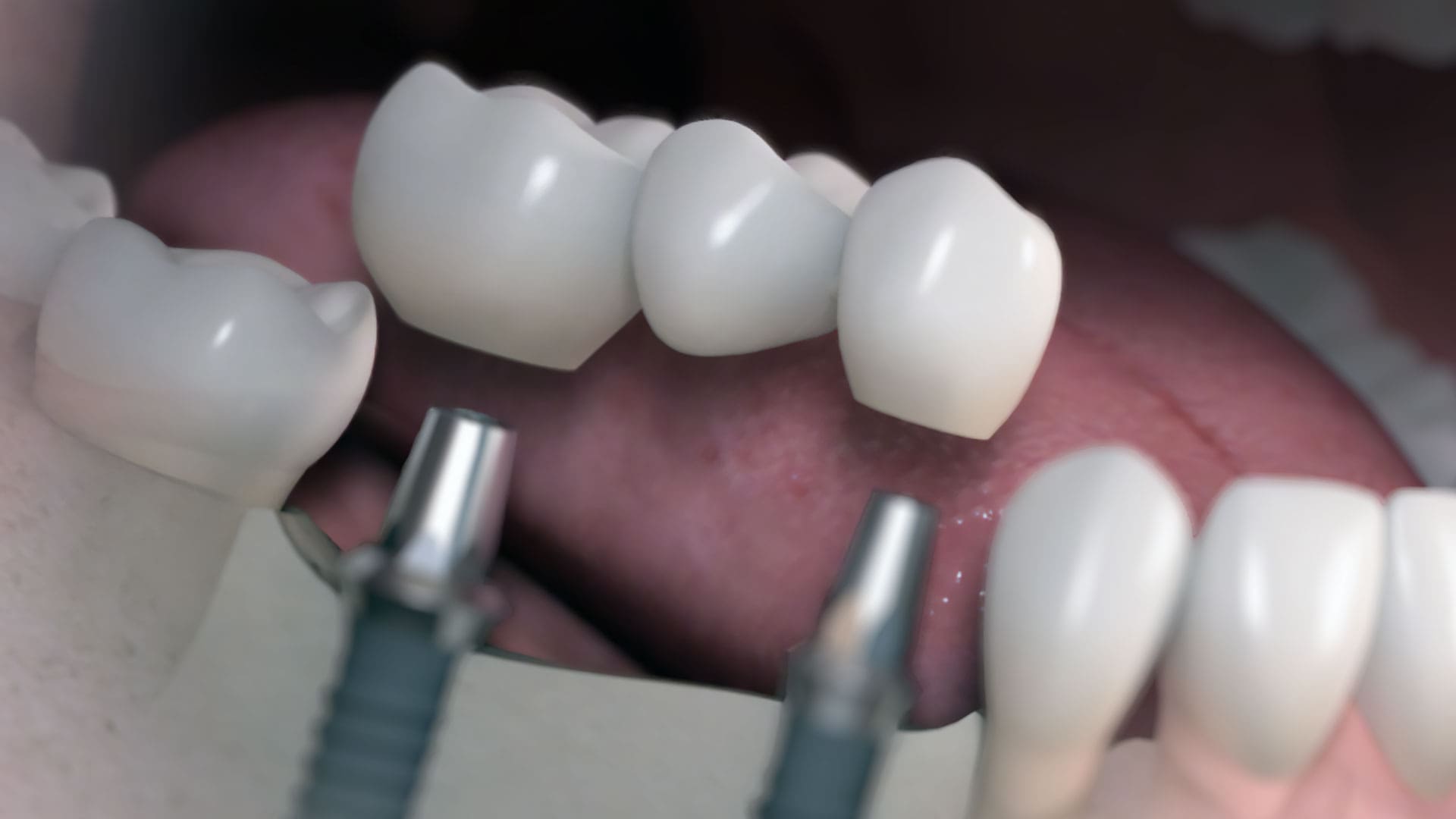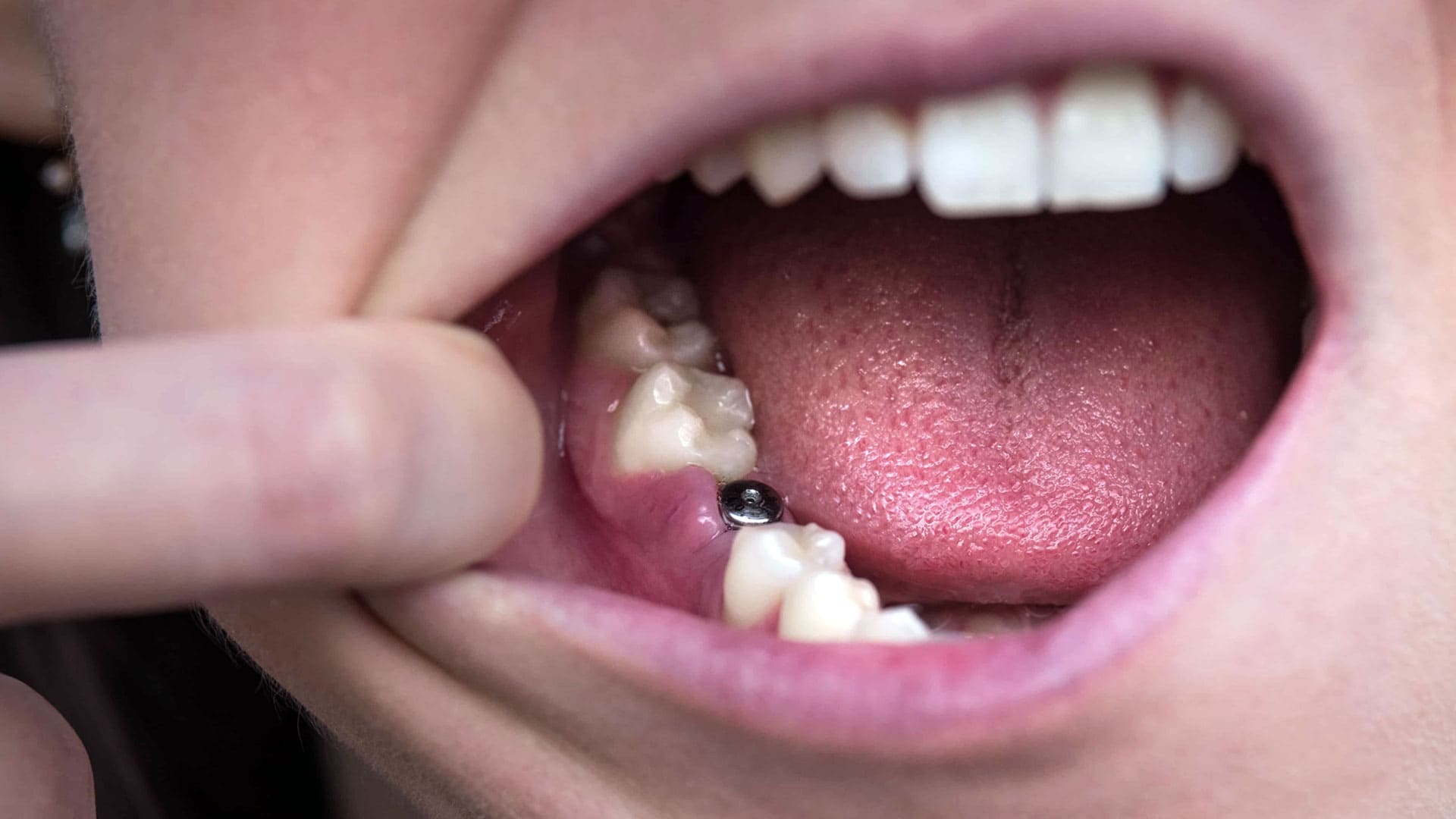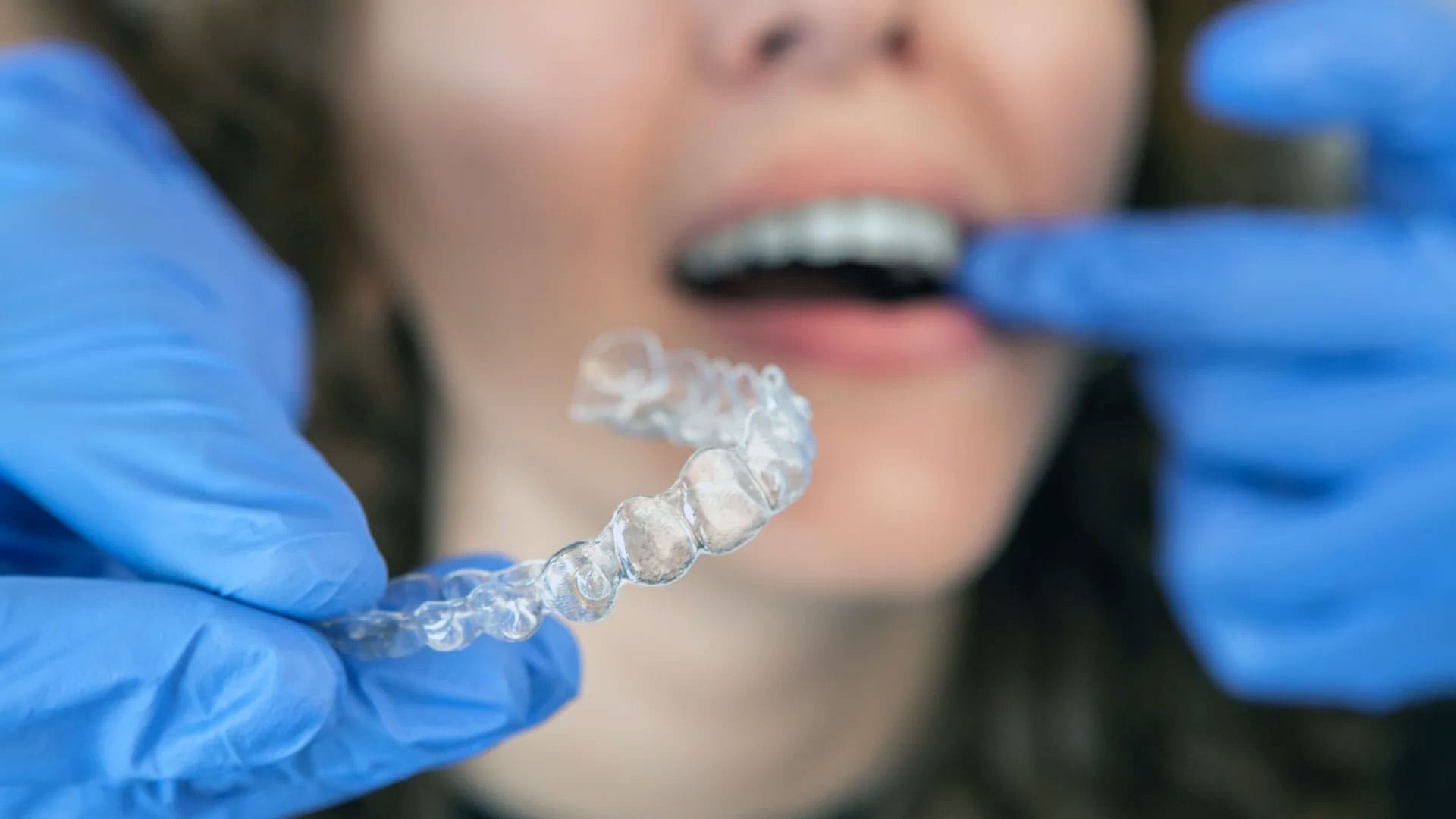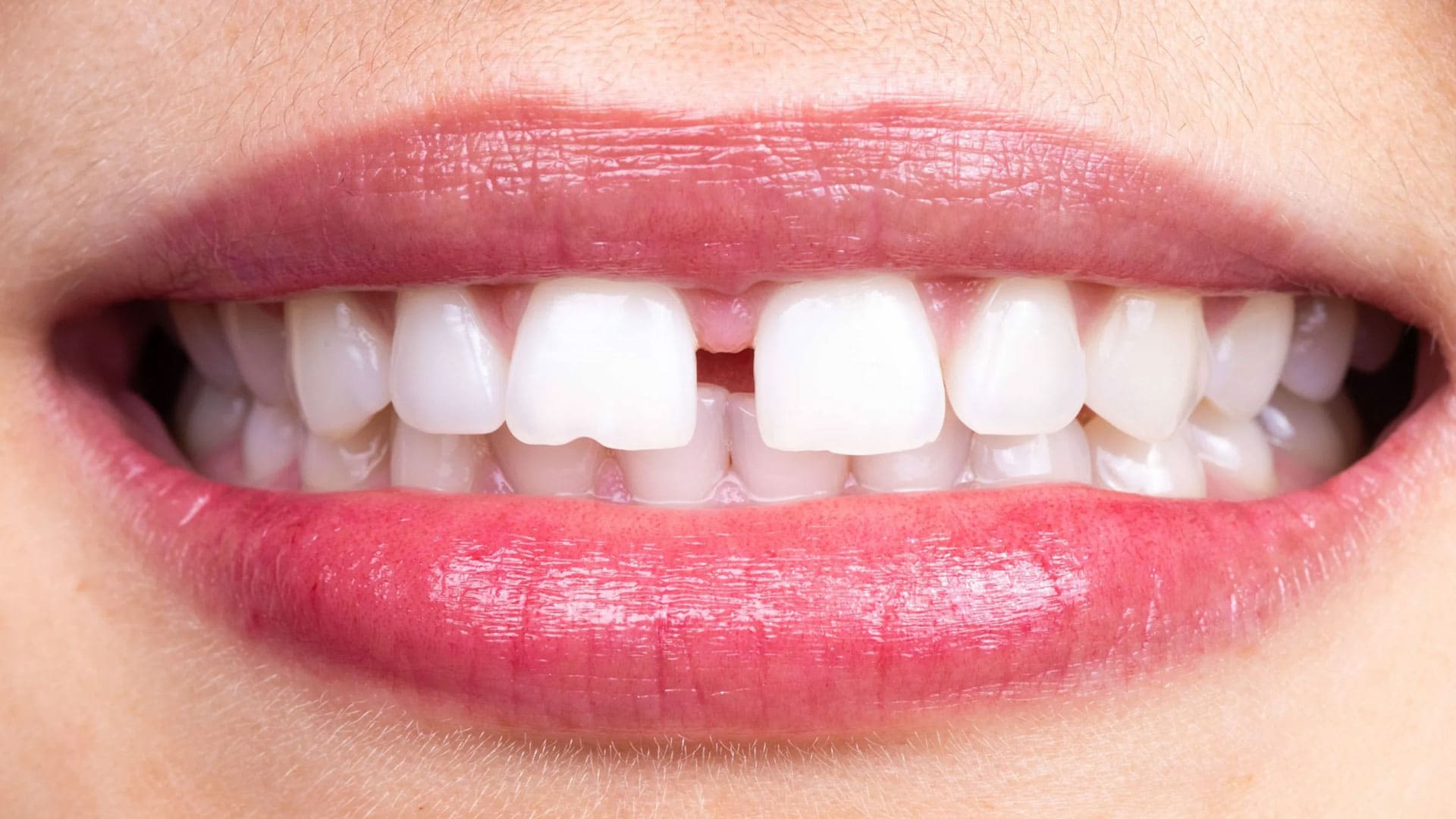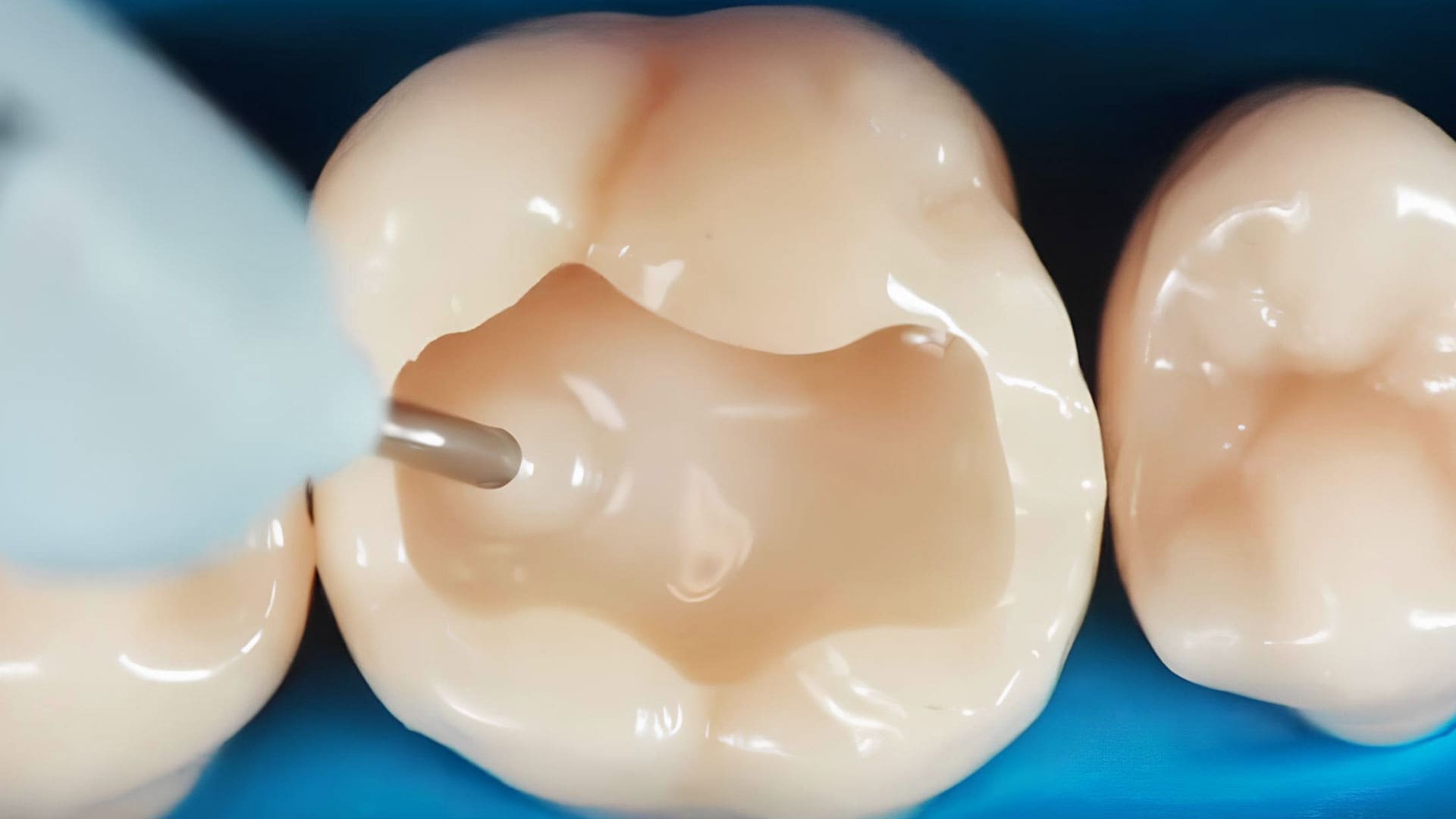
Filling Types
Which Filling Types is Suitable for You?
Types of dental fillings vary according to the problem you are experiencing and the type of tooth to be filled. You should apply to the dental clinic for the dental problems you are experiencing and have your mouth examined without wasting time. After the examination, your dentist will take your x-rays and identify the teeth that need to be filled.
As soon as you notice the decay, you can be treated more easily by contacting your dentist immediately. At this stage, the filling will be smaller and the procedure will take place more quickly. Your dentist numbs your dental nerve with an anesthetic needle. Then, with special dental materials, he or she cuts the decayed part of the tooth and removes it completely from the healthy part.
Depending on which tooth is treated and the size of the decay, the fillings preferred by your dentist differ from each other. Filling types and differences vary according to the material used. The most suitable filling type for the oral structure is preferred according to the type of tooth to be treated, and caries are treated.
Filling Types and Differences
Which filling is suitable for whom? In order to make this determination, the dental problem you are experiencing and your oral structure should be evaluated by the specialist. The most commonly used dental fillings include: amalgam, composite, porcelain, glass ioner, gold, composite inlay, fissure sealant.
Dental fillings have different types according to their compatibility with tooth structures and tooth colors. Amalgam filling is preferred for molars. This filling type contains a mixture of silver and other metals. It is a very robust filling type.
Porcelain filling
Porcelain fillings are the preferred type of fillings to repair major damage. This filling application is done in two ways: inlay (inlay) and onlay (onlay). Porcelain fillings have aesthetic and durable material produced in a laboratory environment.
Composite filling
Composite filling helps to gain an aesthetic appearance compatible with the color of the teeth. It is mainly used in the front teeth. Composite inlay filling helps to eliminate minor damages. Composite inlay fillings have a structure that complements the aesthetic appearance produced in the laboratory environment.
Gold filling
Gold filling is another preferred dental material and application type due to its durable structure. It is usually used in molar teeth. However, it is less aesthetically compatible than other fillings. Its high cost and the high technical precision requirement in its production cause it to be rarely preferred.
Glass ionomer filling
A glass ionomer filling is made of a material that contains fluorine and can excrete it. In this way, it helps prevent new caries formations. It can be preferred for both children and adults.
Fissure sealants
Fissure sealants are especially preferred in children. It is a type of filling used to cover the surfaces where teeth are vulnerable to decay. Fissure sealant application is used to prevent the formation of caries, especially in children who are in the tooth change period.
Candidates for tooth filling
Candidates for dental fillings are people who have cavities in some of their teeth or who have lost some of their teeth in an accident. Your dentist completely removes the decay from the tooth and fills the cavity with dental material.
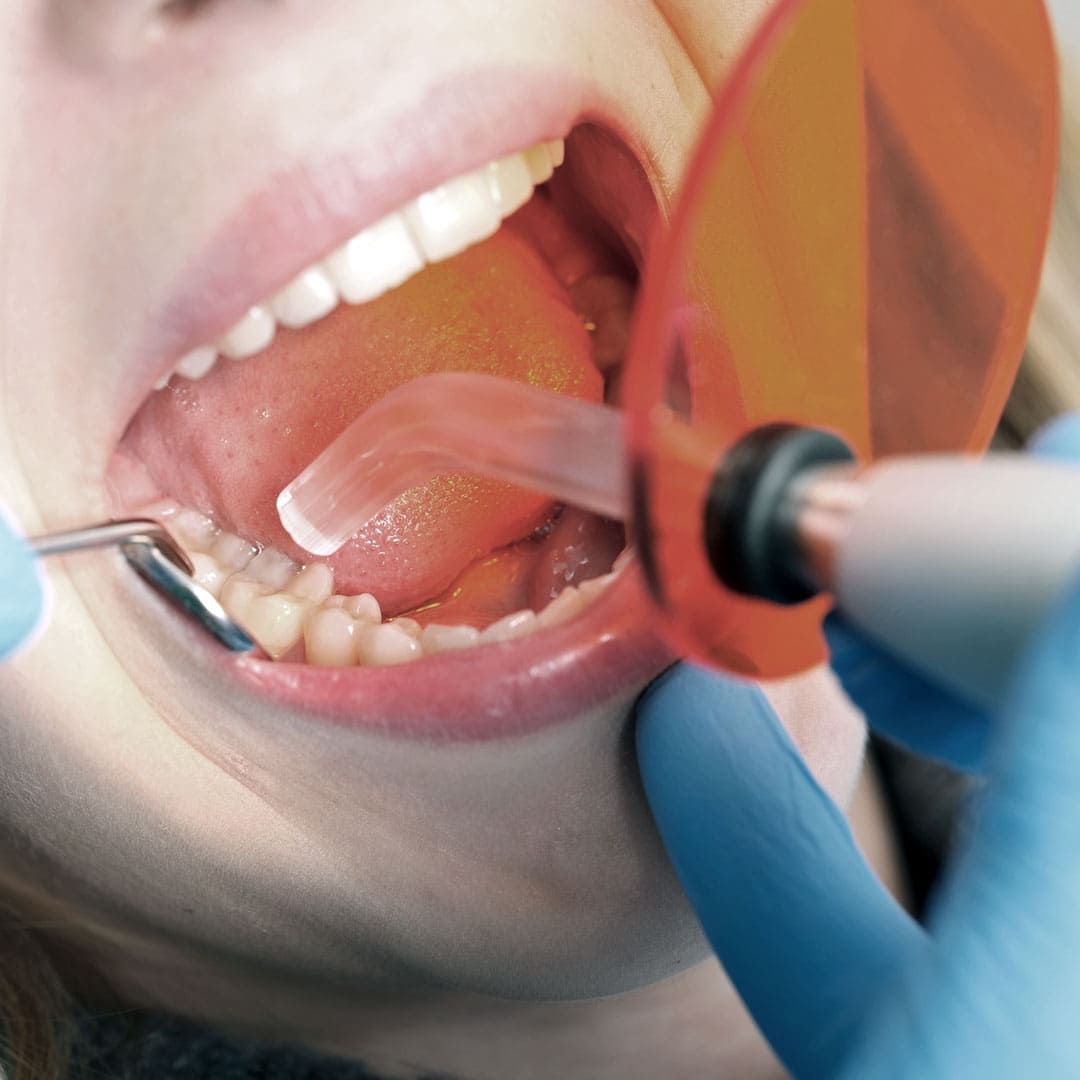
If you suspect tooth decay and experience pain in your teeth from time to time, you should consult a dentist immediately.
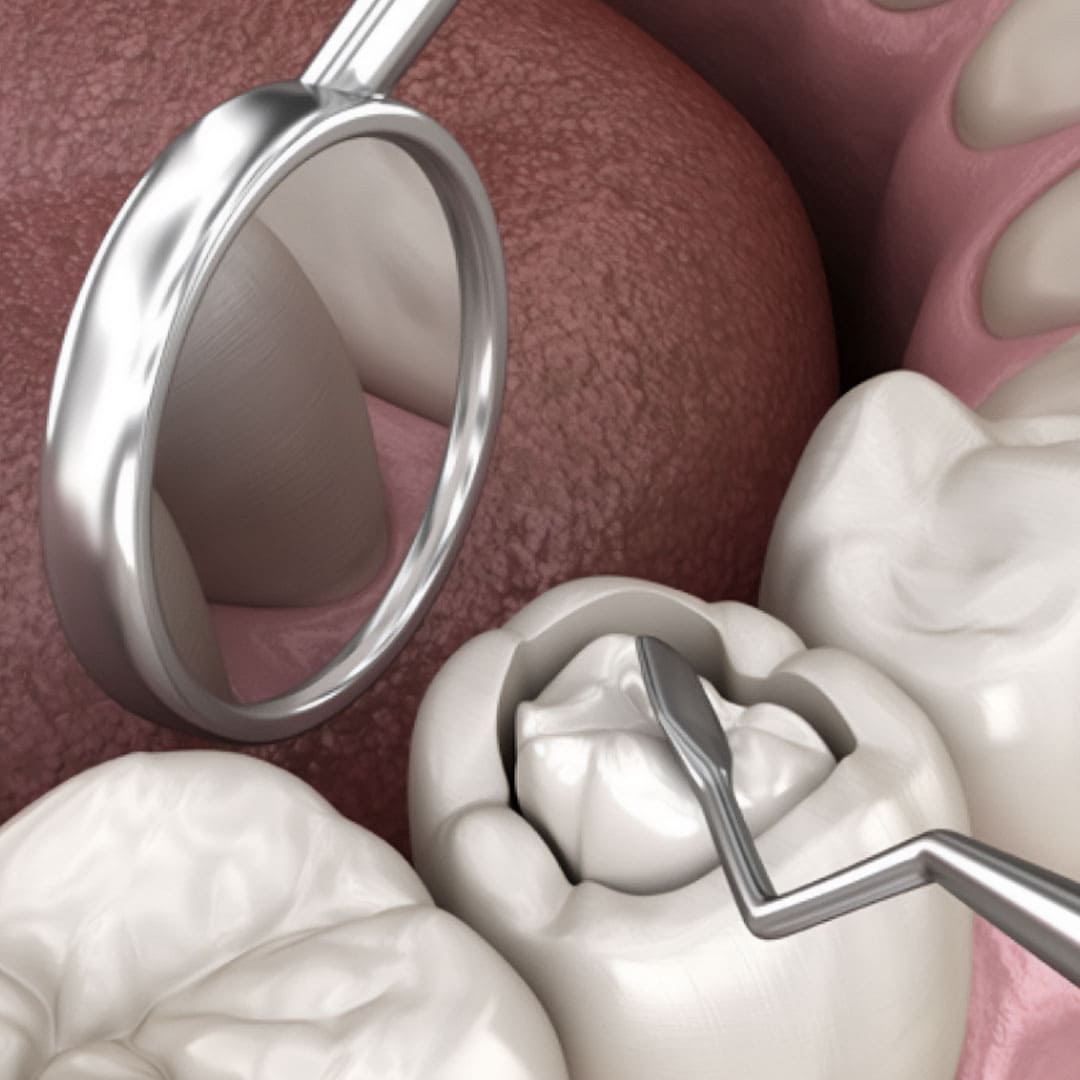
Which Filler is Suitable for Who?
Applications such as fissure sealants help prevent tooth decay in children. Some filling types vary according to the special conditions in the mouth and which tooth will be treated. In other words, it is more important which filling is suitable for which tooth rather than which filling is suitable for whom.
You can apply to your doctor for the dental problem you are experiencing and have the most suitable filling application made for you. Your doctor analyzes the general condition of your teeth and detects decay in one or more teeth. These teeth will be treated.
In very advanced stages of decay, canal treatment or bridge applications may be preferred. When the decay has not yet progressed too far, you can have a healthy tooth structure with filling treatment. In this way, your teeth can regain their former function.
Other filling applications include filling types for some special cases. If you have tooth separation, fracture or decay problems, you can have your teeth filled. If you are experiencing tooth separation, a special split tooth filling is made for you. This treatment is called bonding. After the location of your tooth decay is determined, you can have your treatment with the selection of a filling suitable for your teeth.
If the filling is not suitable for your tooth, the filling will not fit your tooth properly. Pain, aching and sensitivity occur as a result of incorrect filling application. Tooth structures are different from each other. Therefore, the materials used also differ from each other. A dentist specialized in filling applies the dental problems you are experiencing in a planned manner by examining your mouth and tooth structure.
Post Filling Care
The damage caused by tooth decay is compensated by filling. A filling is a structure that fills the decayed area. However, it is not possible to integrate with the tooth as much as the natural tooth structure. For this reason, post-filling care practices are extremely important. You should take care to brush your teeth regularly and keep them clean even after the filling.
Post-filling care tips include regular tooth brushing, oral care and consuming the right foods. In addition to brushing, flossing and tongue cleaning are also helpful in maintaining oral hygiene and eliminating bad breath.
Chewing gum is one of the things to be especially careful about as it can dislodge the filling. You should also avoid sticky foods that your dentist wants you to avoid eating.
You can ensure effective oral hygiene by choosing the right toothbrush and toothpaste. With the use of an intermediate brush, you can clean the debris accumulated between the filled and other teeth. In this way, you can prevent new decay formations after filling.
You should take care to follow the recommendations of your dentist about post-filling care. Immediately after the filling, you should not eat or drink anything until the numbness in the mouth disappears. Then you can return to your daily life. It is normal to feel tingling for about a week after the filling. If you feel more discomfort than expected, you should consult your doctor.
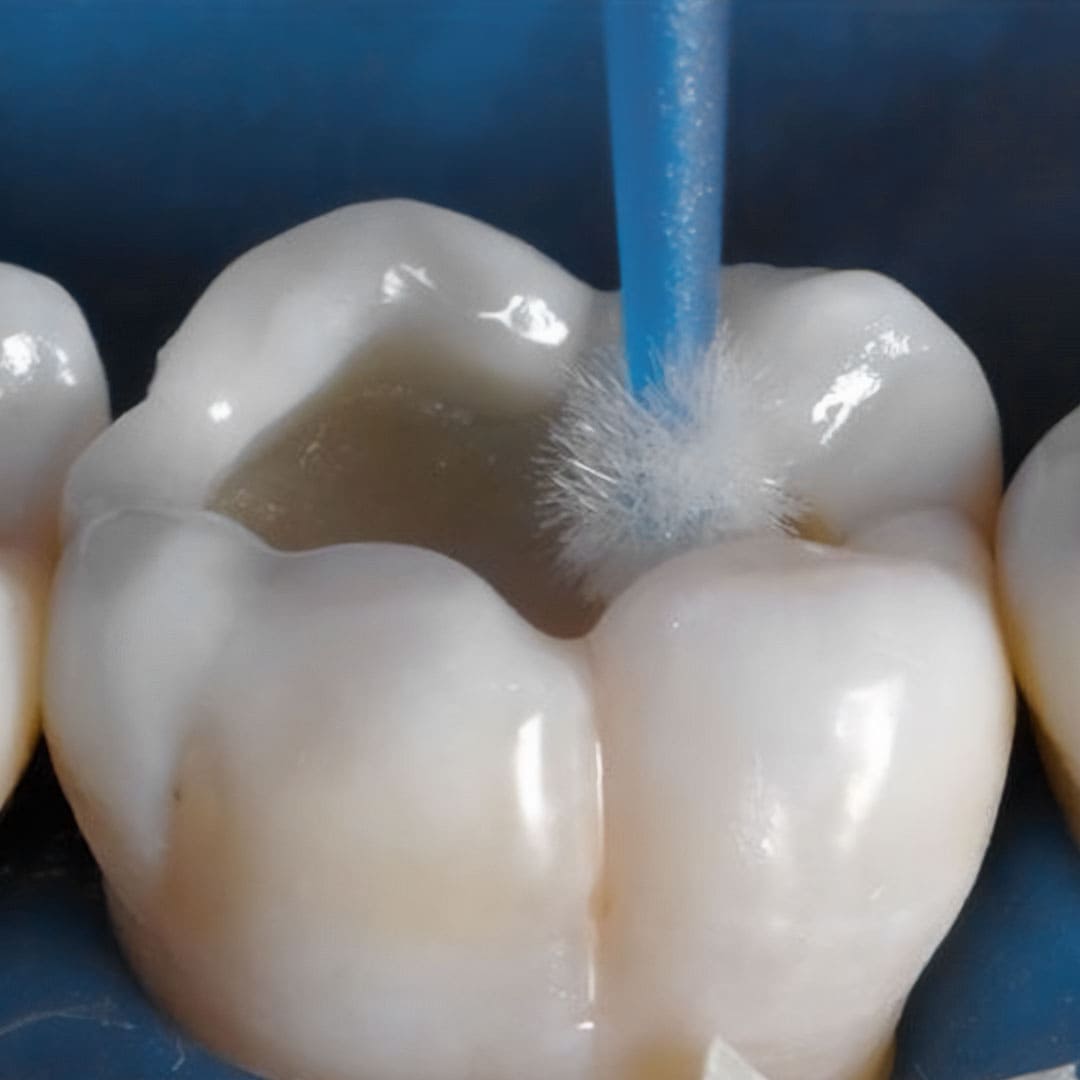

Backfill Costs
When you want to have a dental filling, you can see that different clinics have different price applications. The cost of dental filling varies according to the quality of the material used and the price policy of the clinic you prefer. The cost of filling treatment varies according to the type of filling to be made, the size of the decay, and whether or not extra treatment will be performed. Dental plaque cleaning, intraoral x-ray, the number of fillings to be made, the type of filling material, the duration of the treatment are effective on dental filling prices.
You should care about the services and professionalism of the clinic you prefer as much as the cost of dental filling. You should choose a clinic that understands your mood and concerns and works with the latest technological materials. All treatments must be patient-specific. Everyone’s oral structure and the extent of their complaints are different from each other. You should make sure that you choose specialist physicians who can apply the right treatment by acting in accordance with the psychological and general physiological structure of the patient.
Everyone’s anxiety level is also different from each other. Especially for people who have a fear of dentists, it is necessary to provide services with an approach that will calm them down. Psychology and physiology work together. When the patient is psychologically relaxed, they are also physically relaxed. The likelihood of unwanted situations such as sweating, tension and low blood pressure decreases. The occurrence of any unexpected effect during the procedure is also prevented. After psychological relaxation is achieved, treatment is planned and the most appropriate solution is offered.
Filling or Veneering?
The distinction between filling and crown is usually evaluated according to the extent of decay and damage to the tooth. Filling is preferred in cases where the tooth is 80% intact. The application that can be performed on a 60% intact tooth is mixed. In other words, both filling and coating are performed to completely fill and cover the carved part of the tooth. In cases where the tooth is 40% intact, the coating method is preferred. This decision is made by the specialist physician after examining the tooth structure.
You can contact the OPC expert team for information about filling and veneer applications and to receive professional treatment.
TREATMENTS
Book Your Appointment
For more information about Root Canal Treatment and other treatment options and to schedule an appointment, please click here. Contact us for a healthy and aesthetic smile.

